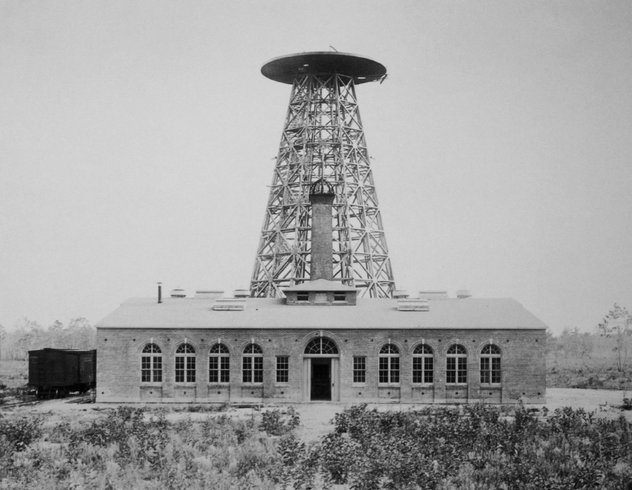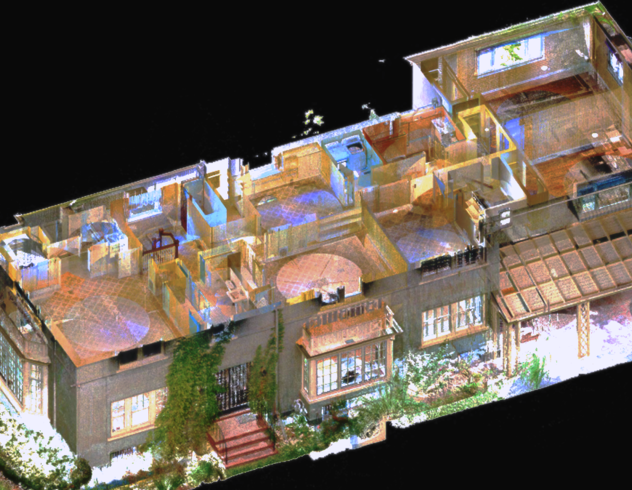Dr. Nick Hedley, Director of the Spatial Interface Research Lab at Simon Fraser University in Vancouver, is an expert in reality capture with over 20 years of experience in geovisualization, virtual environments, and mixed reality. It was for this reason that the Canadian team of the Philae Temple Graffiti Project —Sabrina Higgins, an archaeologist, Jitse Dijkstra, a classicist, and scholar Roxanne Bélanger Sarrazin— recruited Hedley to digitally record the interior and exterior of the Mammisi at the Temple of Isis at Philae temple complex, on Agilkia Island in Egypt. The PTGP project was recently published in a feature story in Smithsonian Magazine.
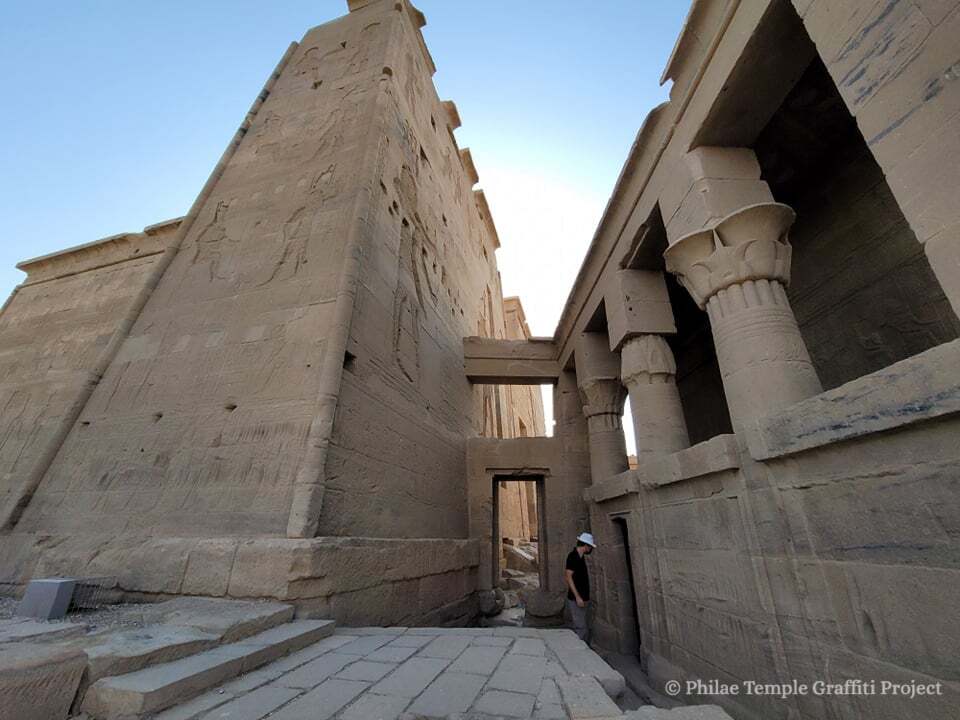
images courtesy of Philae Temple Graffiti Project
The PTGP team's focus was on ancient figural graffiti spread across the surfaces of the Mammisi – a significant structure within this ancient Egyptian site. The PTGP is part of a much larger constellation of projects that together study the purpose and function of Philae. These efforts are led and coordinated by the Egyptian government, and international partners. The Philae Temple Graffiti Project is made possible by support of the Philae Temple Text Project of the Austrian Academy of Sciences, and the Swiss Institute for Architectural and Archaeological Research on Ancient Egypt, Cairo, and PTGP funded by the Social Sciences and Humanities Research Council of Canada (SSHRC).
Hedley's challenge in all of this is to create an exacting digital twin of the Mammisi and related surfaces, using advanced spatial reality capture technologies – as a basis for creating a new set of reference digital wall plans.
These recordings have to be of sufficient quality that both the finest graphical details of graffiti on the Mammisi could be resolved, at the same time as capturing the structural context of its architectural space.
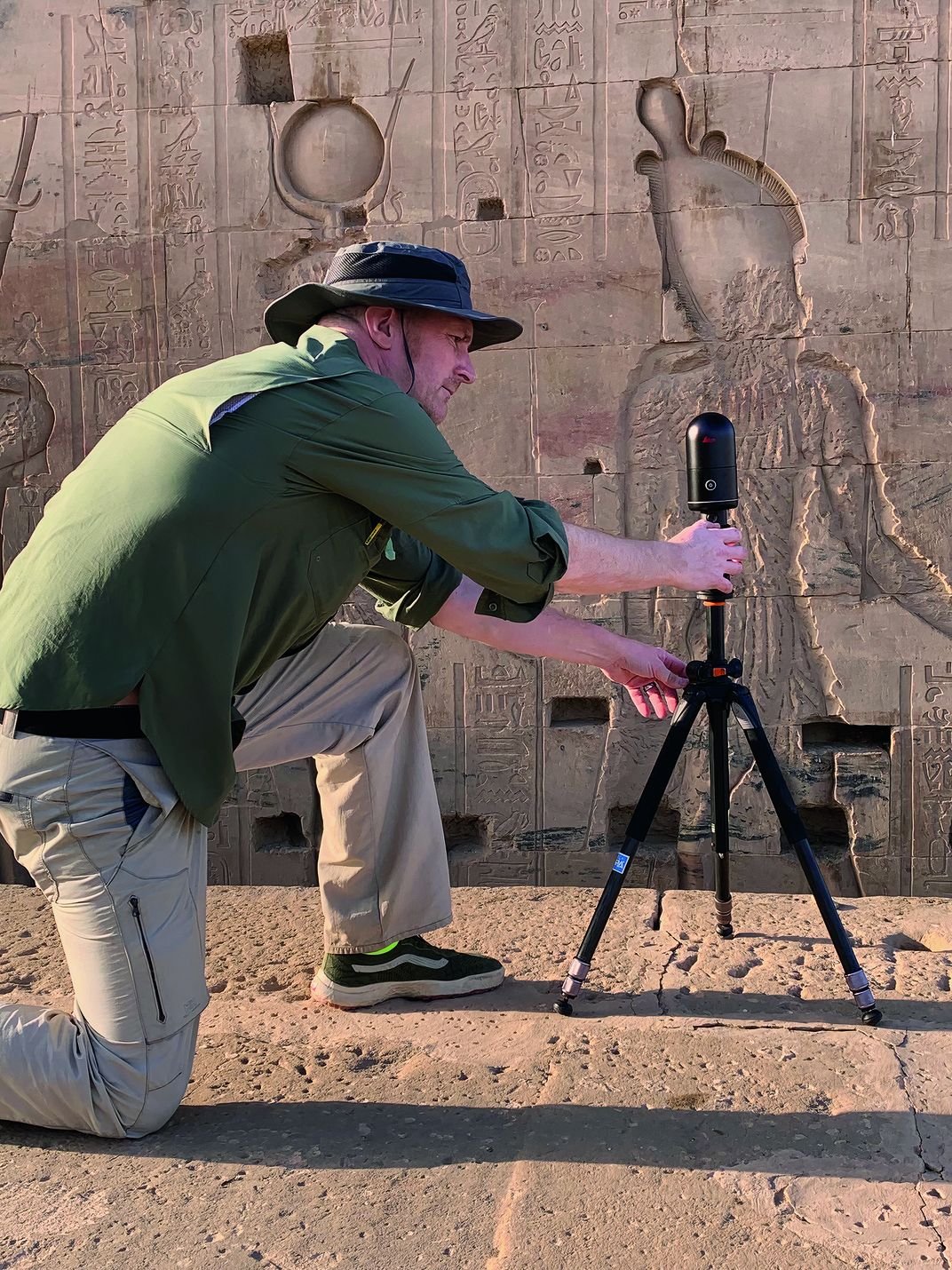
images courtesy of Philae Temple Graffiti Project
Hedley chose the new Leica BLK360 to explore its potential to complement or improve upon the photogrammetric recording he had done previously at the Mammisi. While photogrammetric recording has a valuable part to play in this work, dynamic solar light and shadow regimes, and the need to seamlessly transition from strongly lit exteriors to shadowy building interiors, encouraged Hedley to explore new methods. One paper, the BLK360 appeared to offer the combination of speed, agility, and ability to track its position from scan to scan that was needed. It kept pace with him as he moved between shadowy crevices of the structure to its fully lit areas.
The team's mission at the Mammisi at the Temple of Isis required Nick to get creative about capturing the etchings and figural graffiti and doing it quickly enough to complete the project in challenging desert light, and the team's limited hours on-site. The name of the game was agility.
"In the field, the ability to move throughout the space, minimal setup time, and scan speed is critical," Hedley said. "Agility is incredibly valuable when you're in excessive heat, rapidly changing desert light, shadows scrambling through dusty, cramped spaces, or trying to scan between crowds."
Reducing some of these challenging variables enabled Hedley to gather more and better data in the short time he had on-site, recording 250 scans of the Mammisi (from a multitude of viewpoints) in just four and a half days.
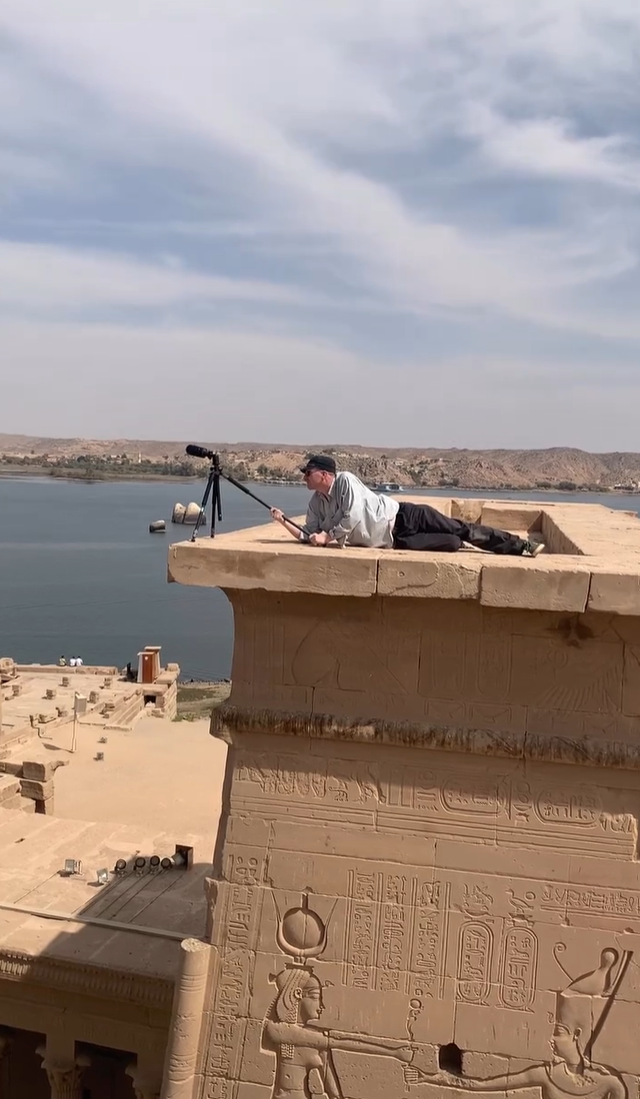
images courtesy of Philae Temple Graffiti Project
"With the BLK360, I found myself being able to concentrate more on the geometric capture, my objectives, and keeping my mind on the complexity of the capture and the priorities of it," he added.
To learn more about Nick Hedley and his team, visit their website here.
To read more of the story of the scanning of the Temple of Isis in Egypt, read here.
The Philae Temple Graffiti Project, is conducted under the aegis of the Philae Temple Text Project of the Austrian Academy of Sciences, and the Swiss Institute for Architectural and Archaeological Research on Ancient Egypt, Cairo, and funded by the Social Sciences and Humanities Research Council of Canada (SSHRC).


